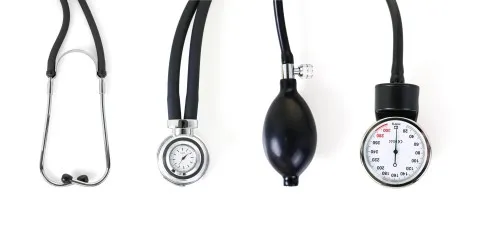
China's healthcare spending to balloon 179% to USD1.7b by 2025
It's a whopping annual growth rate of 10.8%.
Fundamentals underpinning China's telecare sector are strong and will see the nascent sector flourish over the coming years, said BMI Research.
According to the research firm, driving this growth is the increasing use of technology among stakeholders, strong government support and a thriving digital ecosystem of telecom and e-commerce firms.
"Given China's heterogeneity, demand for telecare will vary at the sub-national level, with less developed areas such as rural Yunnan in greater need of drug monitoring as compared to urban Beijing where self-care or outpatient care will see greater traction," it said.
BMI noted that for multinational drugmakers, these trends provide lucrative opportunities to partner telecare firms to engage stakeholders, augment marketing and provide disease management tools.
Here's more from BMI:
China will become a key telecare market, supported by the country's technological base.
In a reflection of the growing integration of technology into the country's healthcare sector, a survey of 10,000 doctors in China published in October 2016 revealed that approximately 90% of doctors had medical-related applications installed on their mobile phones.
Physicians were also found to spend over 13.7 hours per week online on work-related activities, with 97% subscribed to medical-related WeChat - an instant messaging service.
This trend will have a decidedly positive impact on China's healthcare market. We forecast healthcare spending in the country to rise from CNY3,953bn (USD629bn) in 2015 to CNY12,465bn (USD1,755bn) by 2025 representing a compound annual growth rate of 12.2% in local currency terms and 10.8% in US dollar terms.
Specifically for the internet-based healthcare market, local industry estimates reveal strong growth over the past few years, with the personal computer-based health services market having risen from a value of CNY4.2bn (USD624mn) in 2011 to CNY10.8bn (USD1.6bn) by 2015.
Mobile-based healthcare services saw an equally strong increase from CNY860mn (USD127mn) in 2011 to CNY4.8bn (USD713mn) in 2015.
For multinational drugmakers, the advent of telecare will provide a new channel to engage stakeholders as marketing and sales becomes more challenging in China.



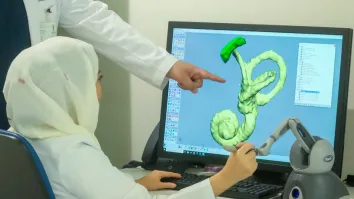
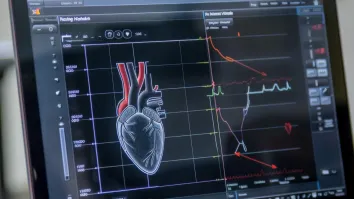







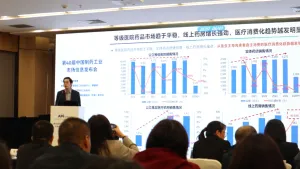
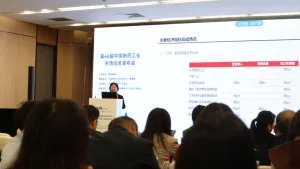





 Advertise
Advertise





